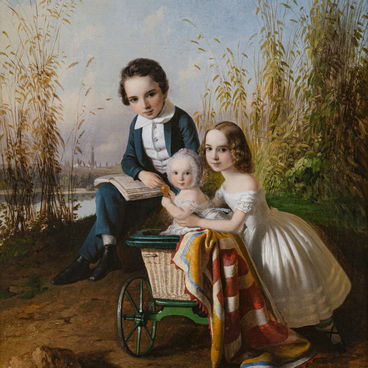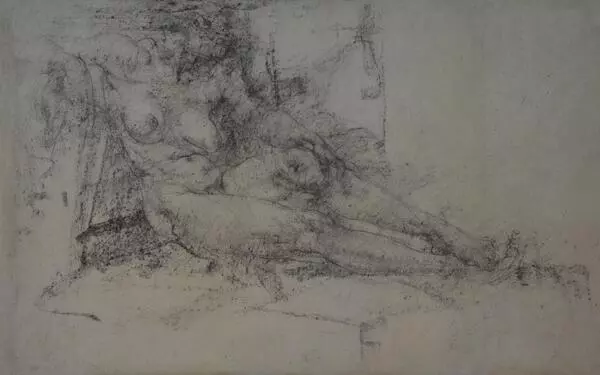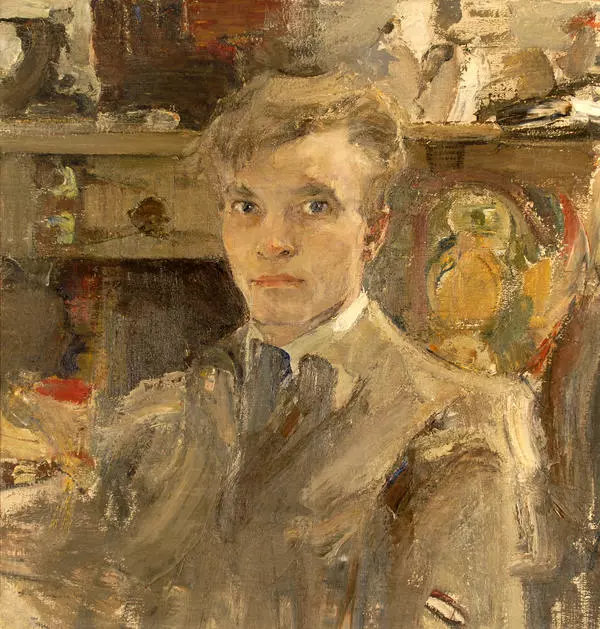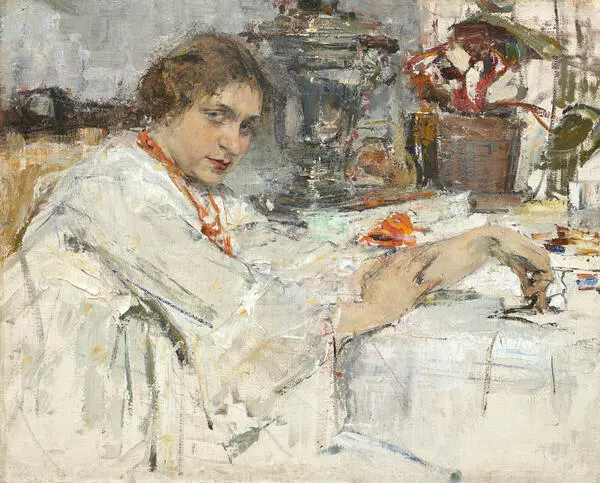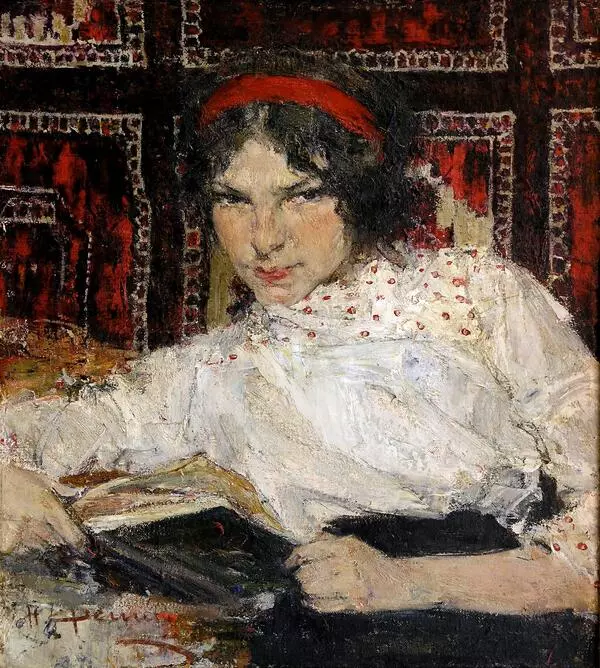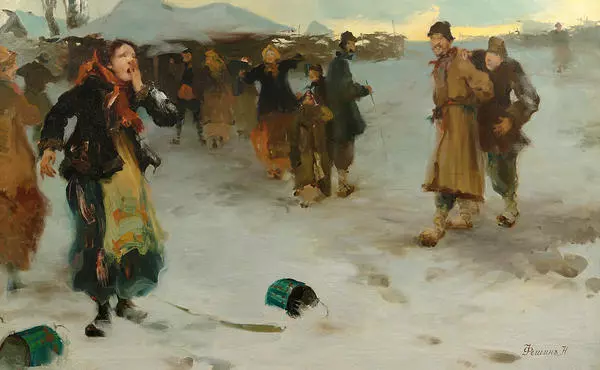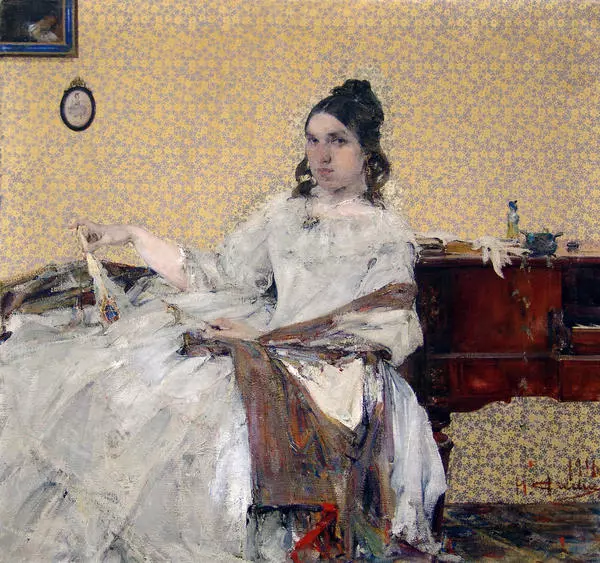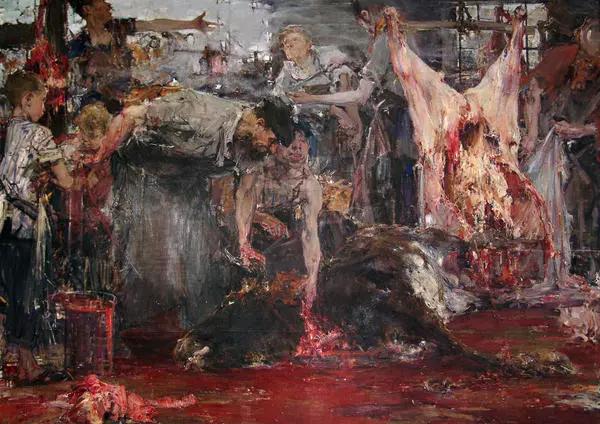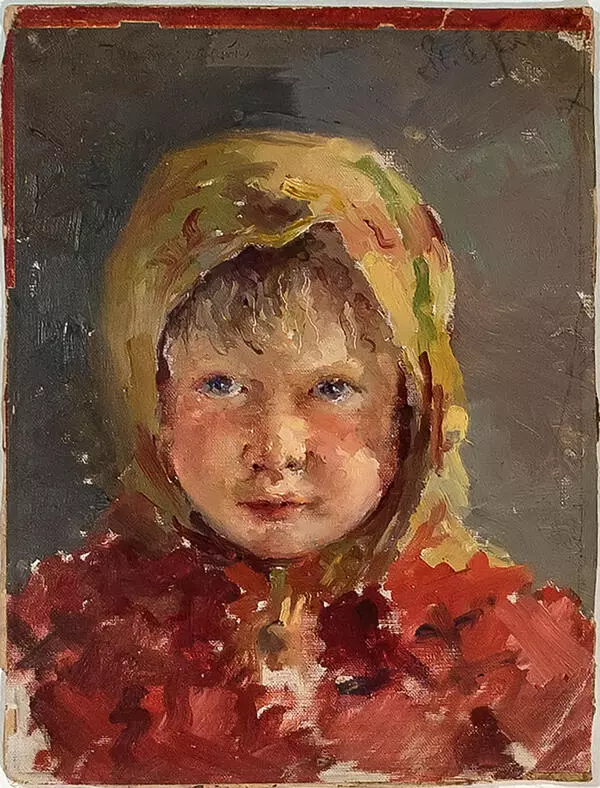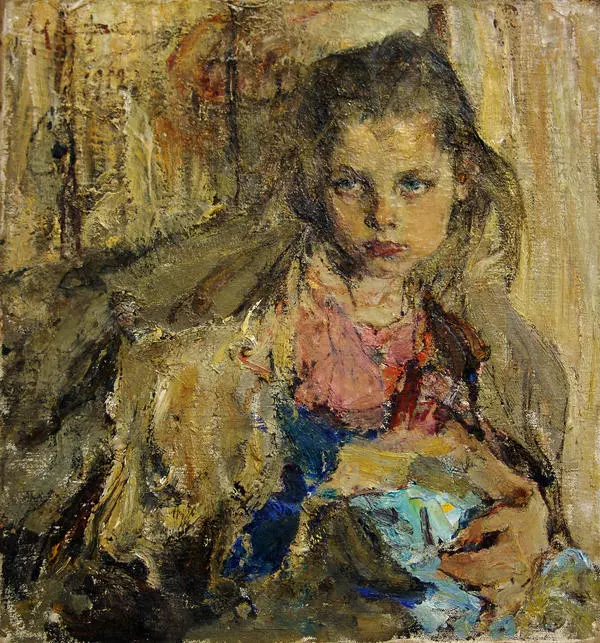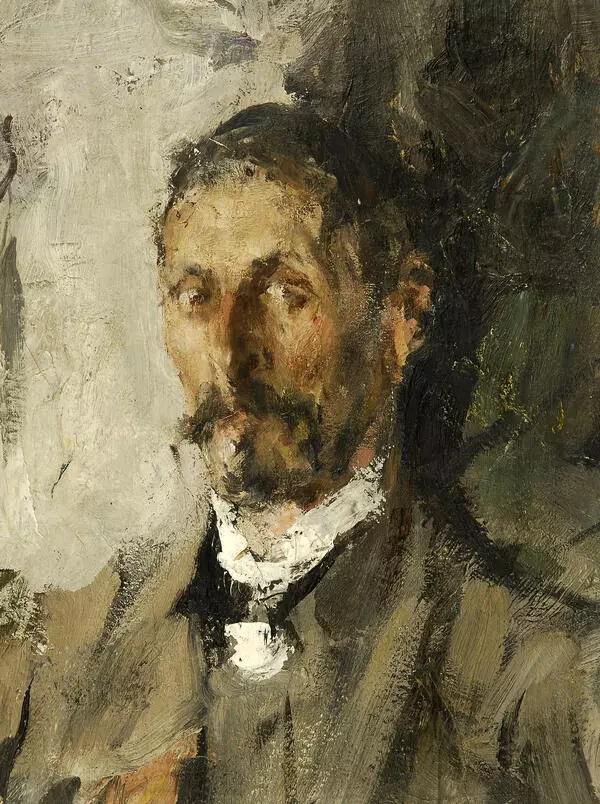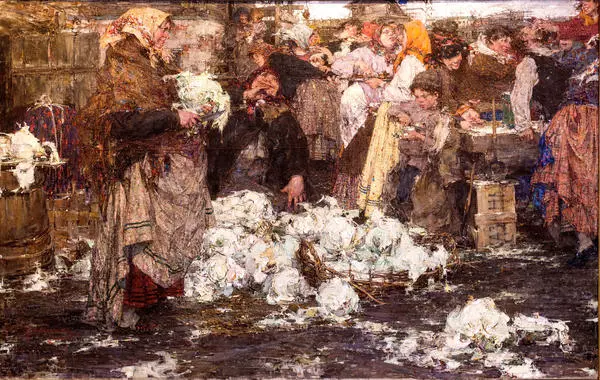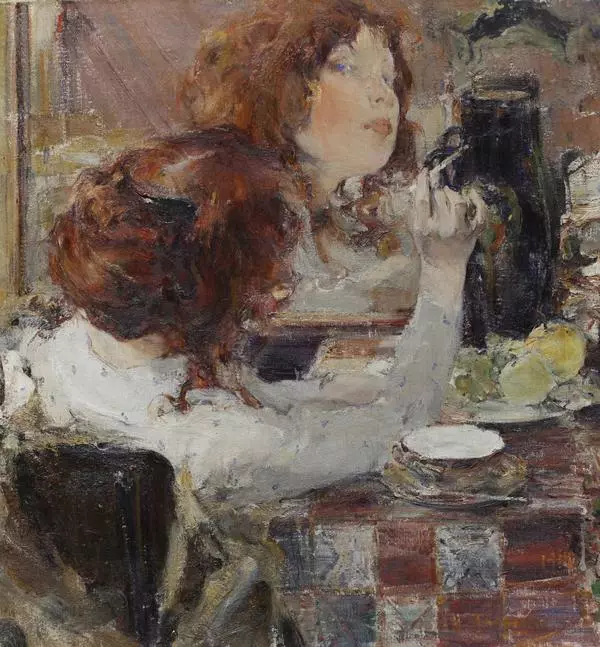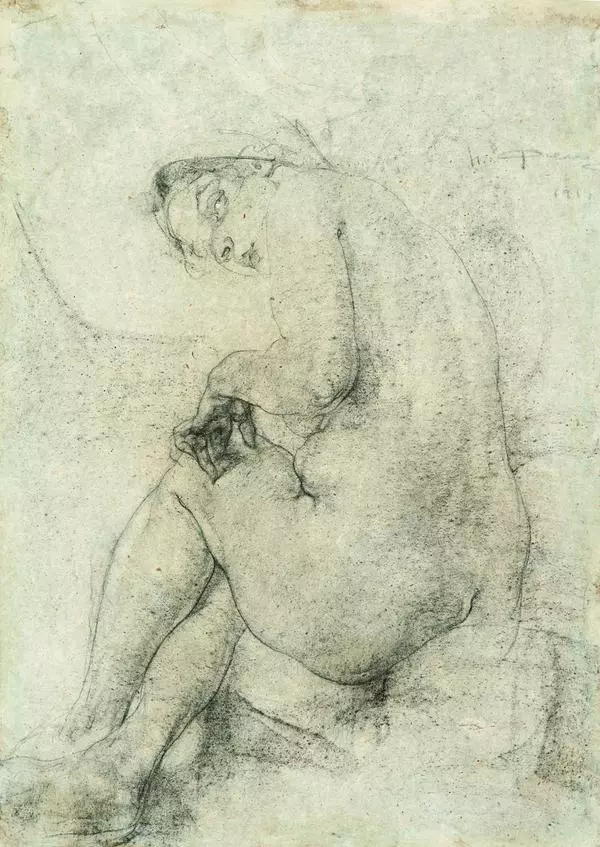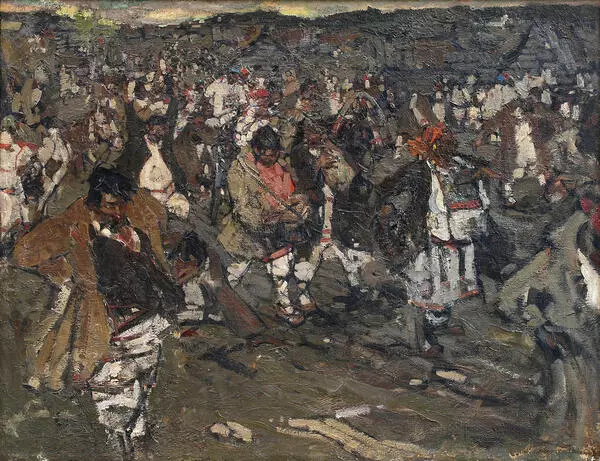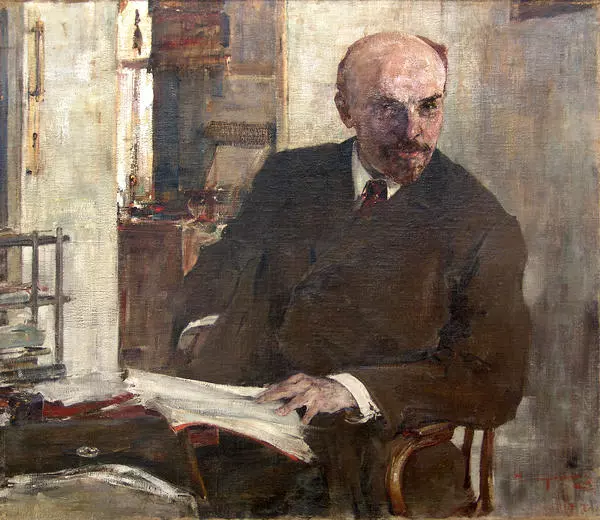When the painter and graphic artist Nikolai Ivanovich Fechin lived in Kazan and worked at the art school, he married Alexandra Nikolayevna Belkovich, daughter of Nikolai Nikolayevich Belkovich, the founder of the art school.
In 1914, a daughter Iya was born to the Fechins. She was her father’s sweetheart. The artist painted numerous portraits of her, especially when Iya was little.
Nikolai Ivanovich liked to paint children’s portraits. The artist had to work quickly, as it was difficult to make a child sit for a portrait. For this reason, few artists dared to paint children.
The portrait from the collection of the Alexander Grigoryev Art and History Museum features Iya Fechina who is about five years old. The portrait of Nikolai Fechin’s daughter was purchased from the artist by Alexander Grigoriev, a painter, art worker and founder of the Kozmodemyansk Art and History Museum, on July 6, 1920.
The child looks at the viewer with bright and open eyes. The master used color to convey the contrasting combination of the loose golden hair that falls on her shoulders with the daughter’s delicate purple dress. The focus is on the girl’s face.
In 1923, the Fechin family moved to the United States. The very next year the first solo exhibition of the artist opened in New York. In 1933, the Fechins got a divorce. The artist and his daughter Iya, who preferred to live with her father, spent the winter in New York, and then moved to Los Angeles.
A few years later, Iya left her father’s house and studied dancing, and later psychology.
After she got married, father and daughter talked a lot and saw each other quite often.
Iya Fechina, married name Brenham, played an important role in preserving and popularizing Nikolai Fechin’s work in the United States.
She fully devoted the second half of her life to
her father, collected a large archive and succeeded in having Nikolai Fechin’s
house in Taos, New Mexico, added to the U.S. Register of Historic Places. In
1983, on the centennial of her father’s birth, Iya Nikolaevna founded the
Fechin Institute with a museum and educational center in this house. After her
death, the artist’s house could not be sold unless the integrity of its
appearance was preserved; it was transferred to a private foundation and
constituted the Taos Art Museum and the Fechin House Museum.


